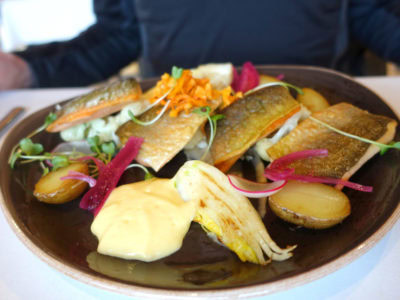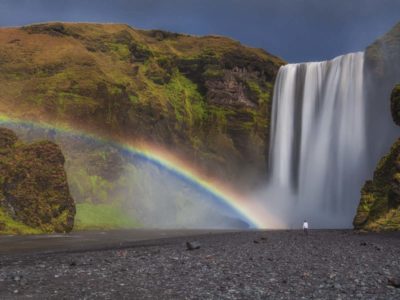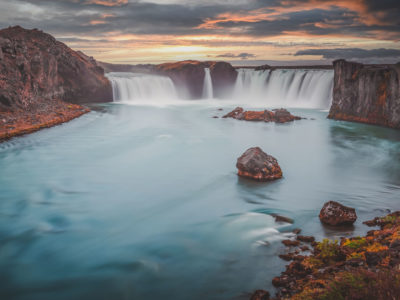Beautiful is the best word to describe Iceland. It is a beautiful country with beautiful waterfalls, national parks, hiking trails, and wildlife. Even its active volcanoes are stunning, just in a slightly terrifying and humbling way. Iceland has an addictive quality, and whether it is your first visit or fifteenth, there is always a new place or thing to experience.
With such an exciting and picturesque landscape, it is no wonder there are many things to do in Iceland. This guide will cover the best things to do in Iceland – hopefully giving you some inspiration before your trip.
Table of Contents
Top Things to Do in Iceland
Iceland is a big country and it is packed with things to do and see, so let’s dive straight into all the best things to do in Iceland.
Note: If you are visiting Iceland, the best way to get around is to rent a car. You can check out car rental prices at RentalCars.com
1. Bathe in the Blue Lagoon
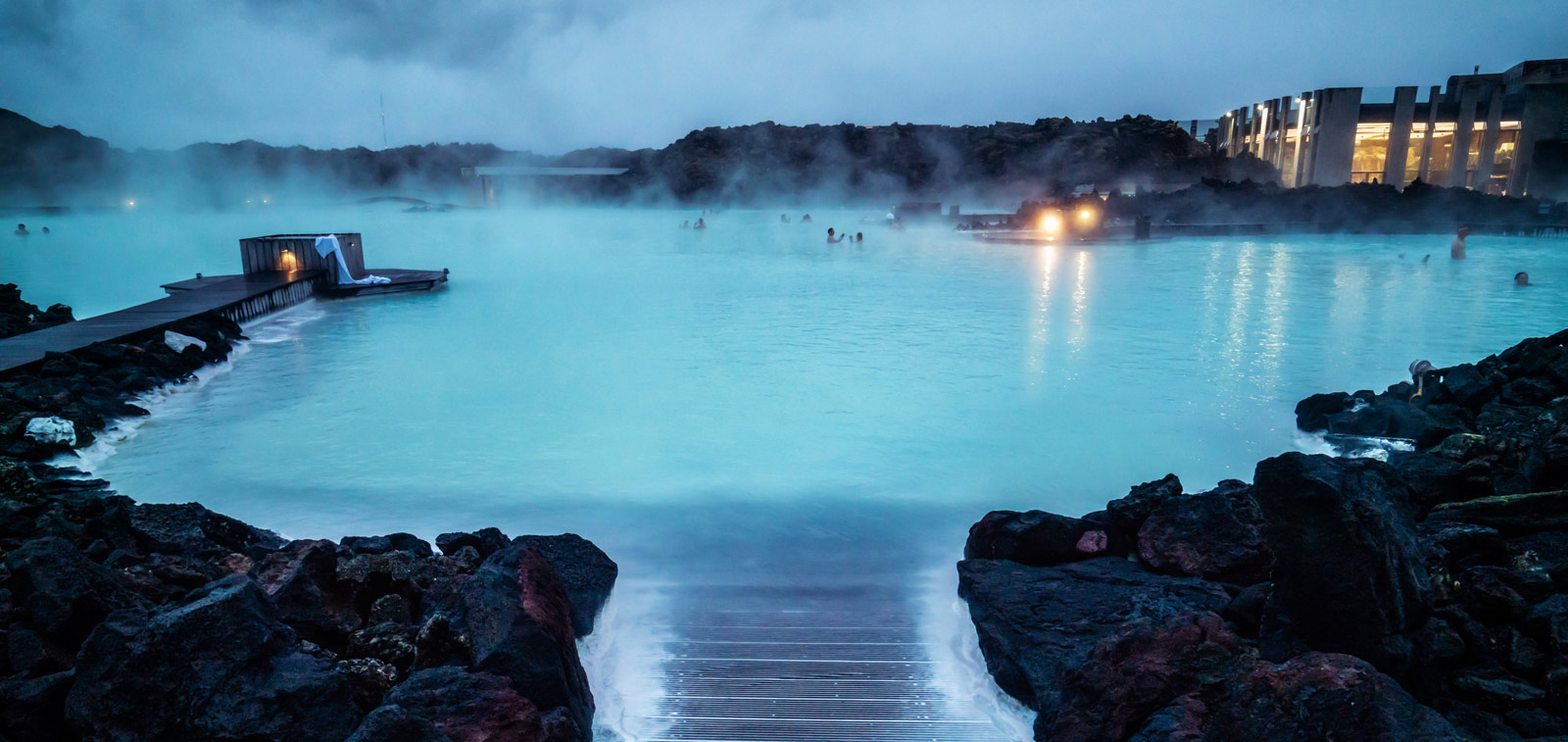
The Blue Lagoon is easily one of Iceland’s most well-known tourist attractions. And is it worth the hype? We think so.
The Blue Lagoon is a geothermal spa complex. The water contains lots of minerals and is a clouded, milky blue color because of the high silica content. The health benefits of bathing in the Blue Lagoon are endless, but the water is especially beneficial to skin health. You can also visit the Blue Lagoon all year round, as it stays constant temperatures between 37 and 40 degrees Celsius.
The Blue Lagoon is commercialized enough to make the spa a suitable day trip. There is a pool bar, artificial caves, bridges, individual pools, and a face mask kiosk handing out natural creams. Each guest also receives a robe and slippers.
Unlike most geothermal pools in Iceland, the Blue Lagoon is actually manmade rather than natural. The Blue Lagoon gets its water from a geothermal power plant next door and is an unusable by-product. It definitely seems like a reward for investment in renewable energy sources. Read more: How to Visit The Blue Lagoon in Iceland
Where to stay near the Blue Lagoon
Blue Lagoon Retreat is a luxurious escape that overlooks the lagoon and stands high enough to see the lava fields of the Reykjanes Peninsula Your stay includes access to the Blue Lagoon, and Private Retreat Lagoon.
The Silica Hotel is just a 10 minute walk from the Blue Lagoon, nestled among the lava fields this award-winning hotel is an excellent option when staying over night at the Blue Lagoon.
2. Visit a black sand beach
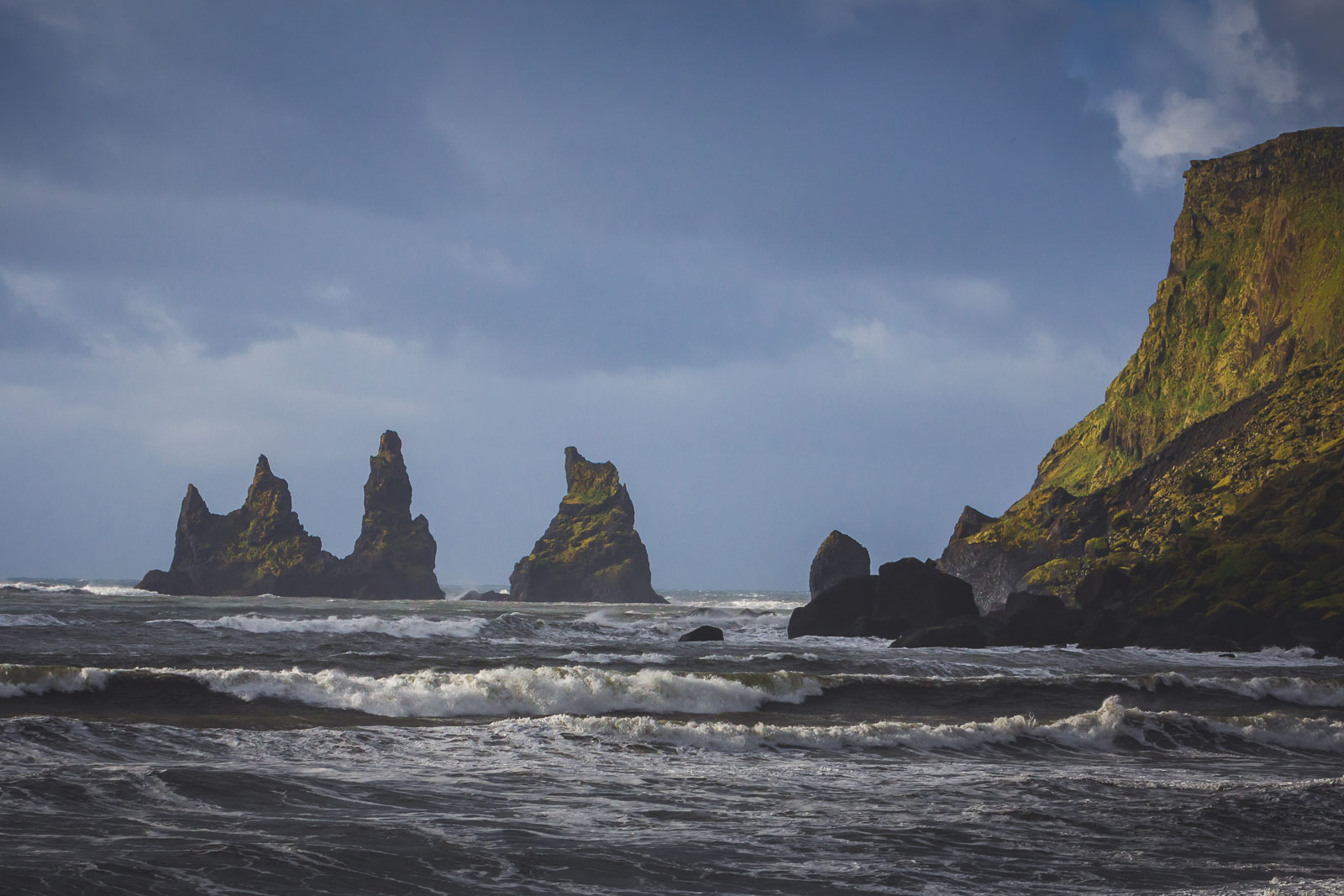
Black sand beaches are one of the most extraordinary phenomena in Iceland. If you’ve wanted to travel to Iceland for a while, you’ve probably already seen the pictures of dramatic black sand beaches and the arty shots on social media.
While black sand may seem unusual and bizarre, its explanation is straightforward. Iceland’s volcanoes have formed a lot of volcanic minerals and rocks over the past thousands and thousands of years. In some regions of Iceland, this volcanic matter has broken down and been worn into black sand.
This private South Coast Tour offers a glimpse into the best things to do on the South Coast.
- Admire the black sand beaches of Reynisfjara in Vik
- Enjoy magnificent views as you drive past the Eyjafjallajökull and Mýrdalsjökull glaciers
- See the Seljalandsfoss and Skógarfoss waterfalls
- Option to customize the tour to your interests. See more details here.
Visiting a black sand beach is easily one of the best things to do in Iceland. Luckily, you have a lot of options. Reynisfjara Beach is one of the most popular and was used as a film set in Star Wars’ Rogue One. Reynisfjara Beach is located in south Iceland, along the south coast.
Vik Beach is another good black sand beach to visit in south Iceland, and Vik is a popular destination on south coast road trips anyway, so it is often a convenient add-on. You may find it quieter than Reynisfjara Beach, which is always a bonus. Read more: Best of Iceland’s Ring Road – GLACIERS, VOLCANOES AND WATERFALLS
3. Take a Golden Circle road trip or tour
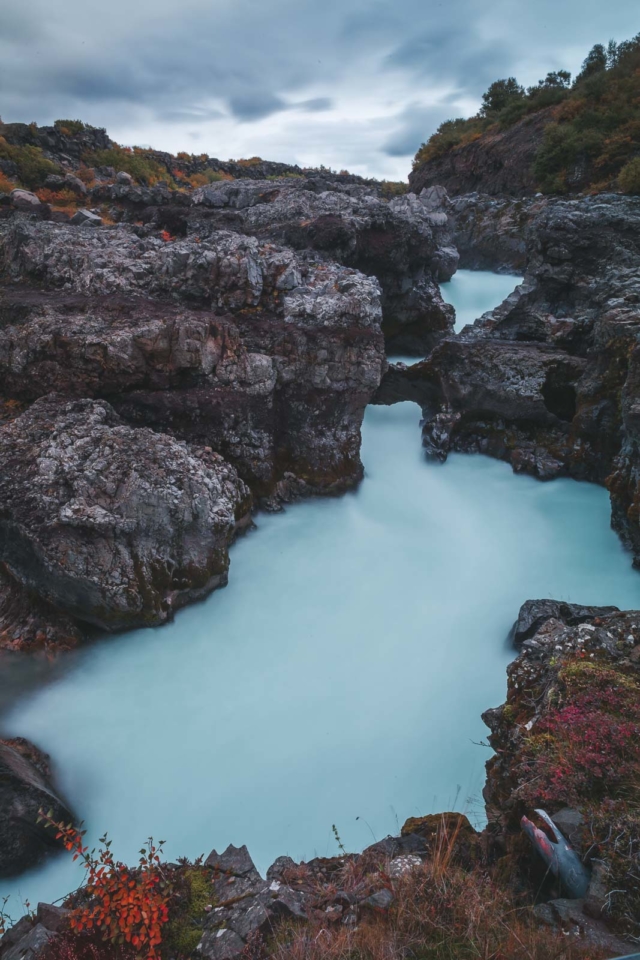
The Golden Circle is like the ultimate introduction to Iceland. The 186-mile route loops through Reykjavik, Geysir geothermal area, and the Icelandic highlands. You’ll also pass attractions like Gullfoss waterfall (more on that later). The route has become so iconic that it is now one of the most popular things to do in Iceland.
To drive the Golden Circle takes around four hours, although plan to take longer in winter months when conditions require slower, more careful driving. If you choose to self-drive the Golden Circle route, you should allow at least a full day to stop and enjoy all the different attractions that you pass.
Those who can’t drive can always purchase a Golden Circle tour. This highly rated tour takes you to see the best of southwest Iceland. This 8-hour Golden Circle tour takes you by bus from Reykjavik to the Geysir area Gullfoss Waterfall. Discover and where the North American and Eurasian tectonic plates meet in Þingvellir National Park.
4. Visit Jökulsárlón glacier lagoon
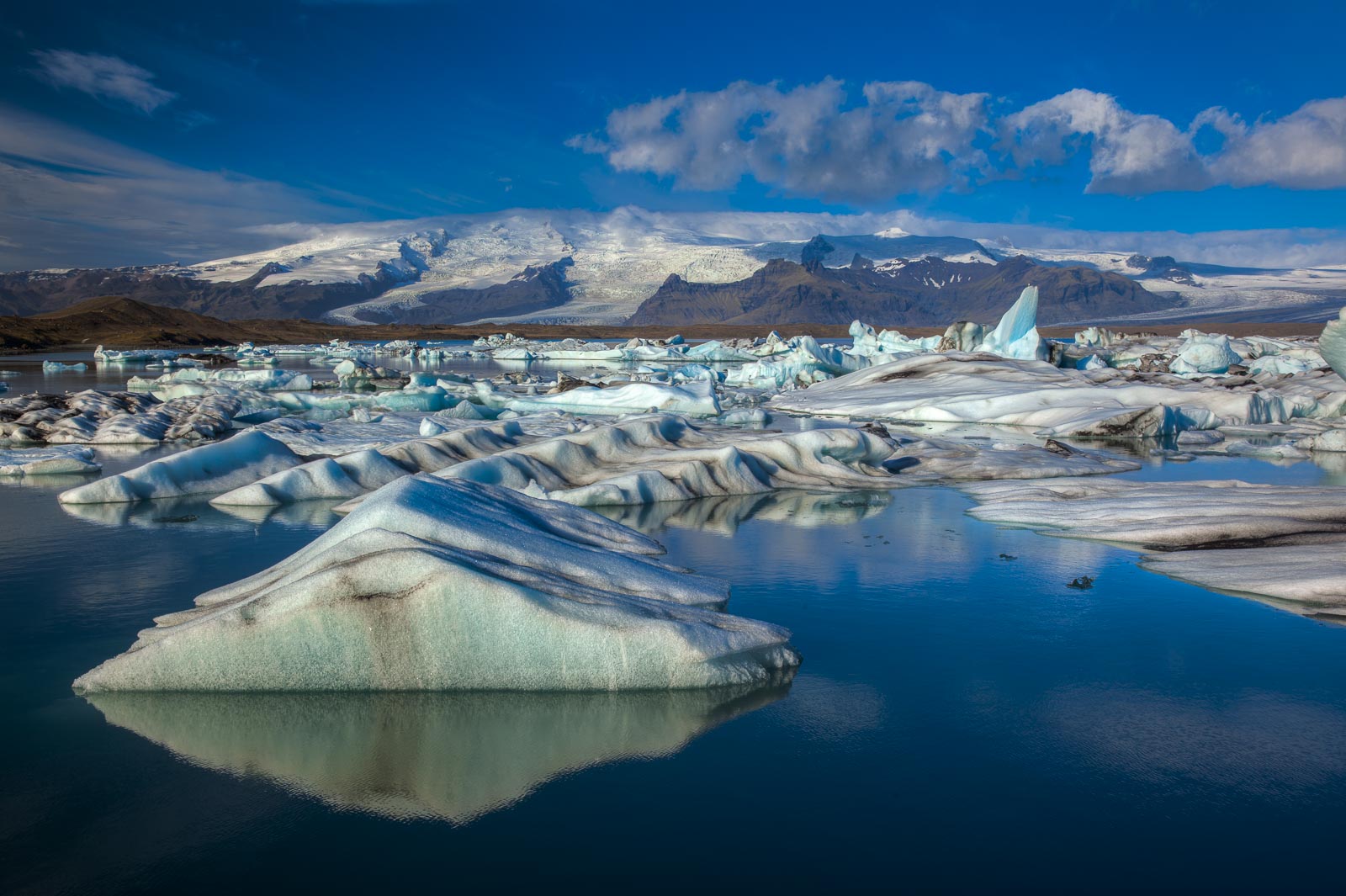
Jökulsárlón glacier lagoon is magical. An outlet glacier feeds the meltwater lake, but not just any outlet glacier – Europe’s largest glacier, Vatnajökull.
If you’ve ever dreamt of visiting Antarctica, this glacier lagoon is the next best thing. The lake is full of massive icebergs, and visitors can book zodiac tours to experience the lagoon from the water. On the water, you can appreciate the scale of the icebergs much better, and the experience is truly awe-inspiring.
You can book a zodiac tour online or when you arrive in Iceland. Keep in mind that things tend to sell out quickly, so try to book in advance where possible.
5. Hike to glacier ice caves
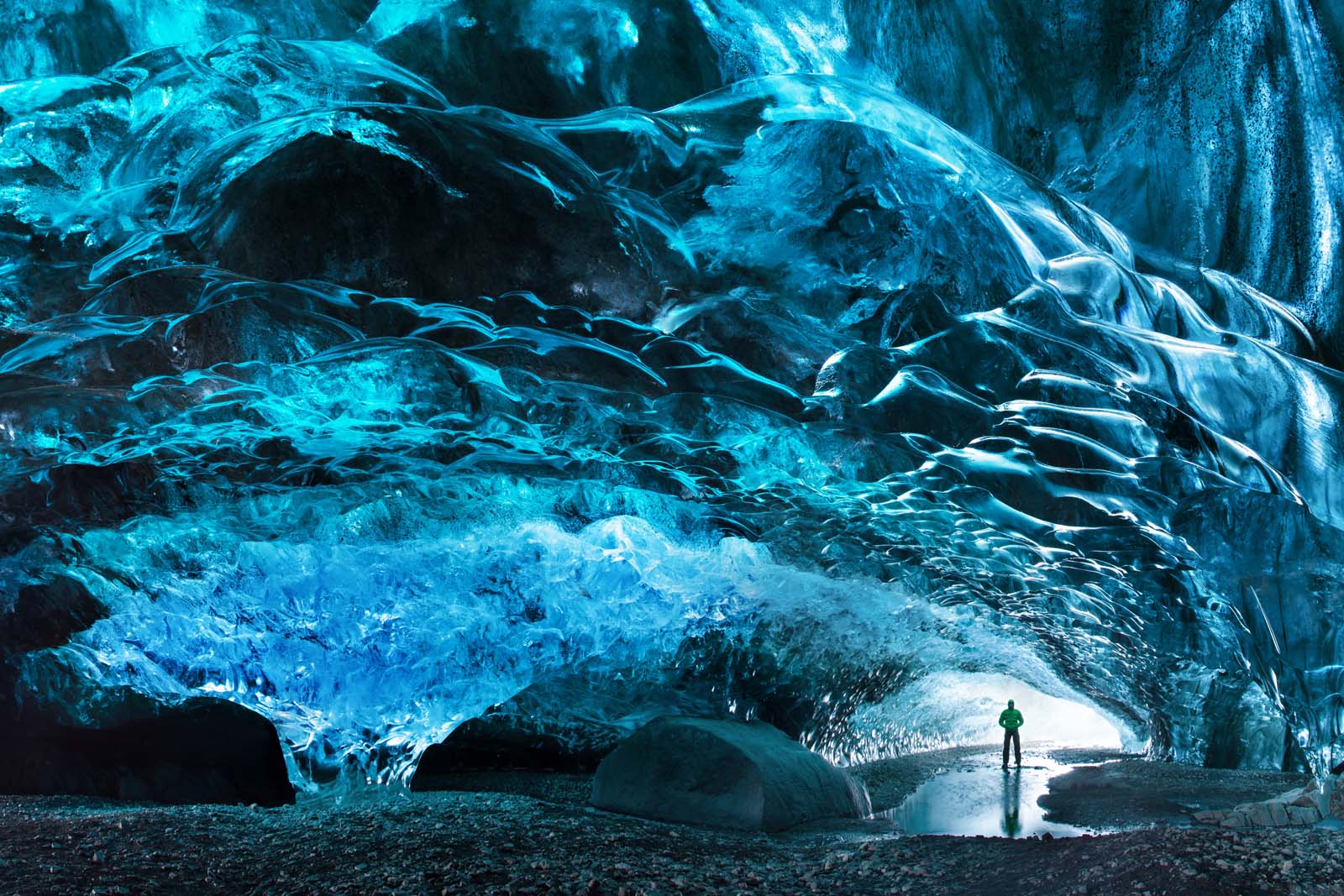
When you think of things to do in Iceland, hiking to a glacier ice cave has got to be one of the most magical. You’ll find many inspirational travel pictures of ice caves in Iceland online. The ice is a stunning turquoise, and the tunnels and caverns look like they’ve been carved from crystal.
Caves are scattered all over Iceland, but the most popular are on the Katla, Vatnajokull, and Skaftafell glaciers. The most important thing to know about ice caves is their lifespan. Ice caves generally form over winter and eventually melt in summer. Therefore, winter and early spring are the best months to see glacier ice caves in full glory.
Because ice caves are constantly melting and forming, the best way to visit them is with an organized tour. There are no set hiking trails to reach the ice caves, and you are usually guided on a short walk across the glacier to find them. It is safest and most effective if you visit on a tour like this one.
6. See the northern lights
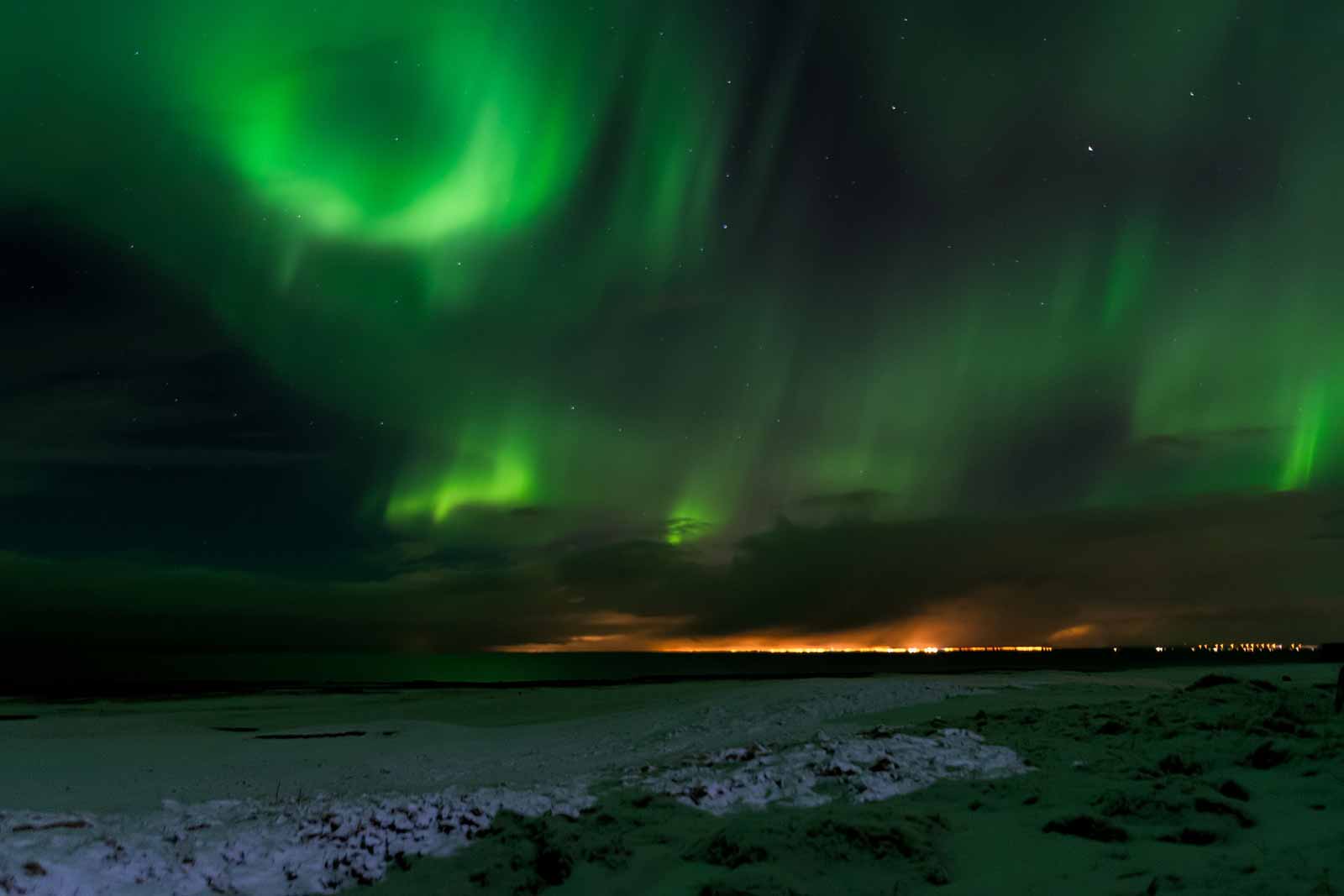
Seeing the northern lights is one of the most amazing things to do in Iceland. Sadly, it is also one of the least predictable things to do in Iceland.
As you may know, the aurora borealis is not specific to Iceland. However, the country is famous for having fantastic northern lights displays. In winter, the long nights also create the perfect conditions for aurora hunting. The extra hours of darkness and lack of light pollution are ideal and often result in beautiful northern lights displays.
You can track the northern lights yourself using apps and tracking websites. If you get fortunate, you may even see them by accident. However, we recommend purchasing a northern lights tour to maximize your chances. You can book plenty of tours online, including this tour on Get Your Guide.
7. Take a dip in the Myvatn Nature Baths
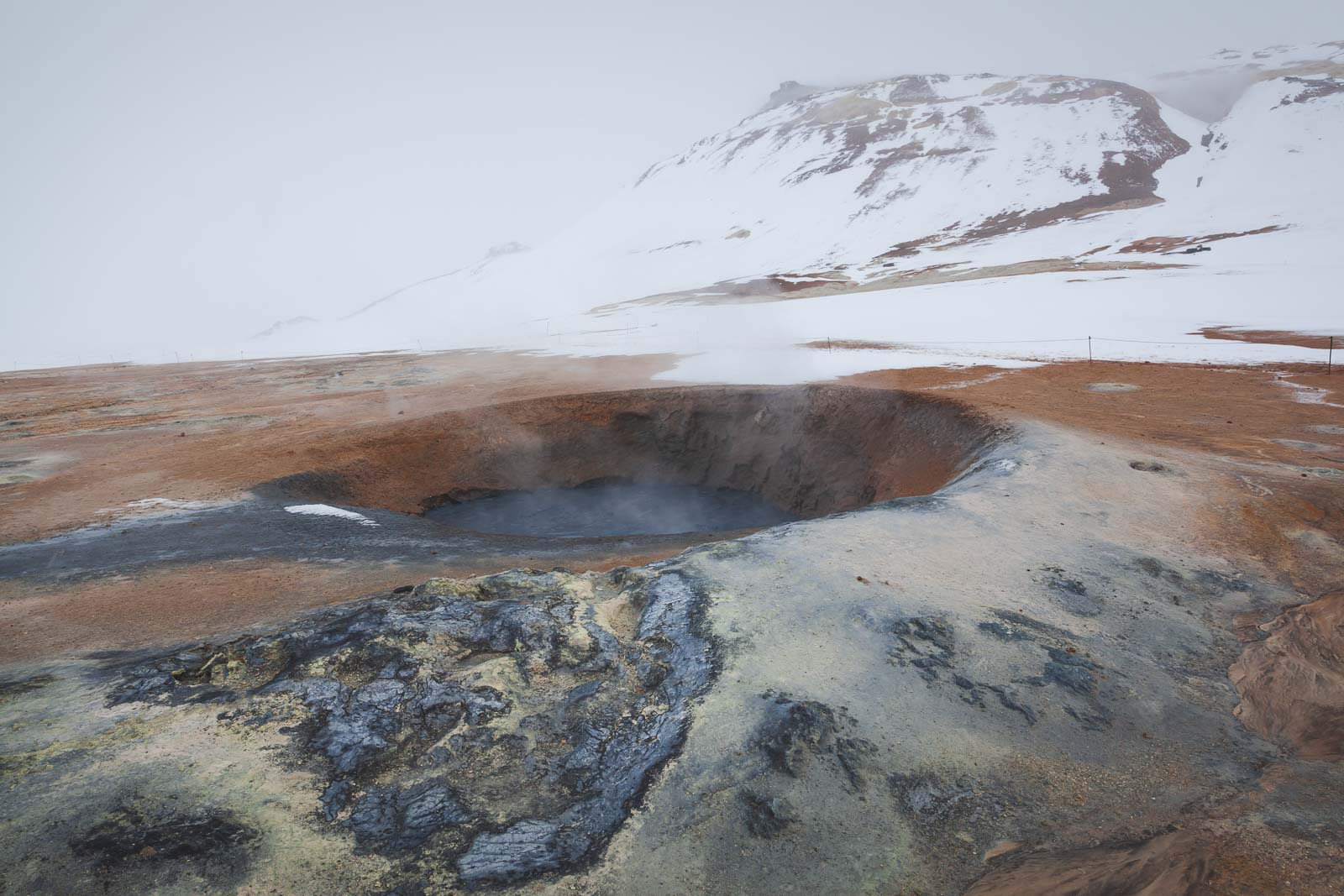
The Blue Lagoon is fantastic – there is no denying that. But if you want naturally heated and less touristy thermal baths, add Myvatn Nature Baths to your list of things to do in Iceland.
Myvatn Nature Baths are located in Myvatn in North Iceland. The complex is commercial but quiet and is equally visited by locals and tourists. The baths are right next to Myvatn Lake, so they are an excellent addition to a day on the lake.
While the lagoon is manmade, the thermal energy source is entirely natural. The lagoon was built over natural hot springs, so you can reap all the benefits of mineral waters, alkalines, and naturally heated water all year round.
If you are planning to travel to north Iceland, it may be worth skipping the Blue Lagoon for this quieter and cheaper spot in Myvatn. Alternatively, treat yourself and visit both. Iceland is known for its thermal baths. As the saying goes, ‘when in Rome, do as the Romans do’.
8. Visit the Geysir Geothermal Area
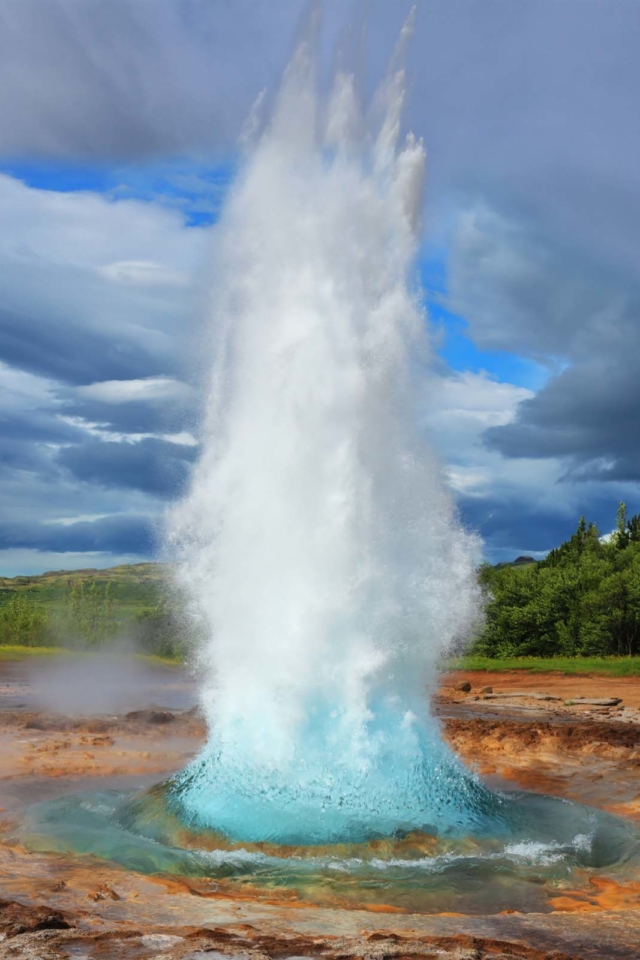
Everyone knows that Iceland is full of geothermal activity. And if you are wondering where is best to experience it first hand, Geysir Geothermal Area is your answer. Haukadalur is home to the Geysir Geothermal Area, an approximate 3km area of bubbling geothermal pools and highly active geysers. Even better, it is free to enter.
Great Geysir is one of the most famous geysers in the world, although unfortunately rarely explodes these days. Keep your fingers crossed, though, and you may get lucky. Stokkur Geysir is the most reliable and explodes every few minutes.
You can easily spend about an hour walking through the geothermal reserve and watching the explosions. Remember to respect the roped-off areas. Anything that could explode, collapse, or otherwise hurt you is roped off, so pay close attention to where you are walking.
9. Visit Asbyrgi Canyon
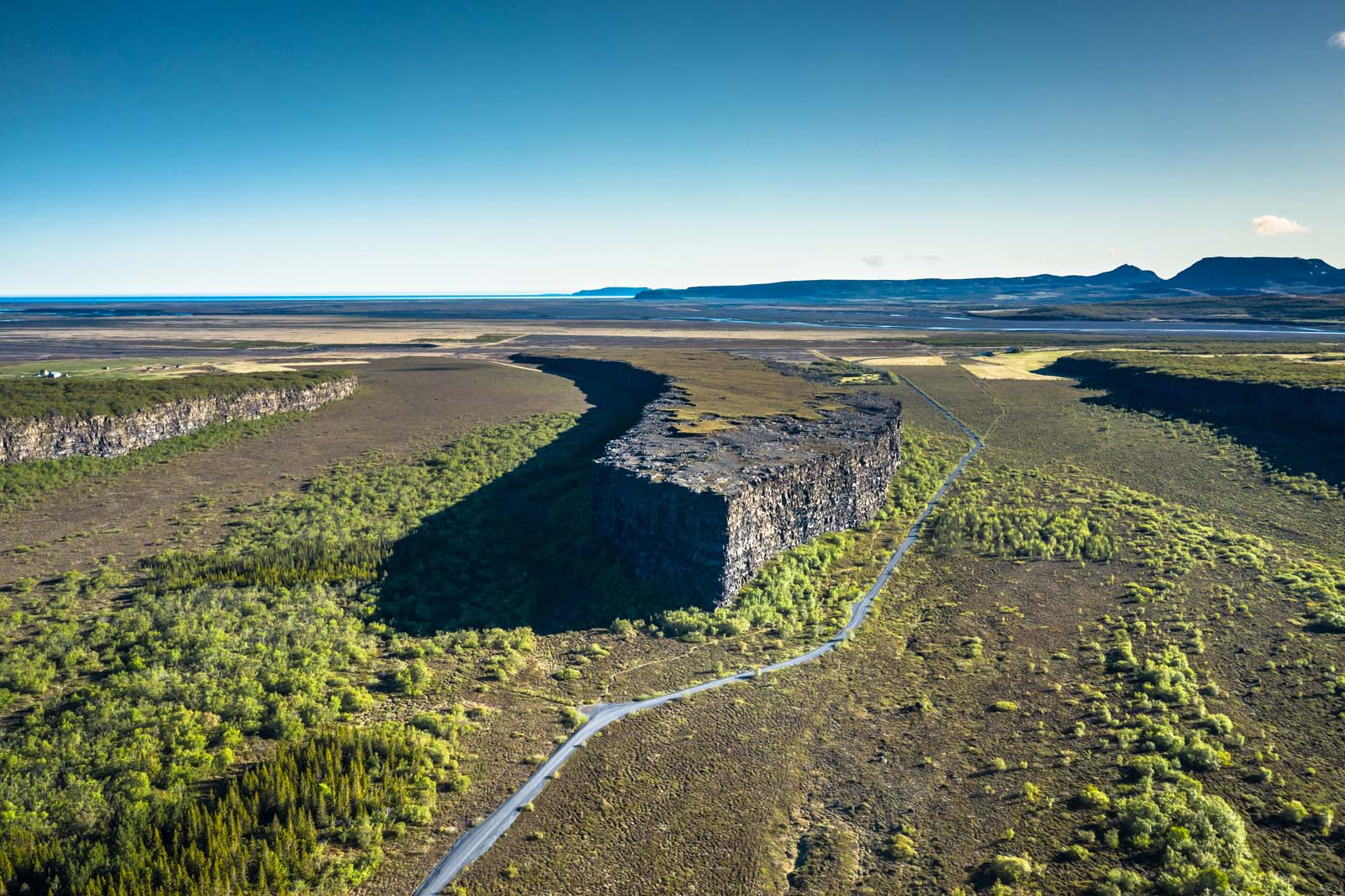
Remember the whale-watching capital of Husavik? Well, Asbyrgi Canyon is just a forty-five-minute drive east of the town. The canyon sits in the Vatnajokull National Park, and visiting it is one of the most beautiful things to do in Iceland.
Asbyrgi Canyon is a deep glacial canyon that runs over two miles. Its cliffs are up to 100 meters tall, and the canyon is spread out in a horseshoe shape. The horseshoe shape is a significant factor in Norse mythology. According to Icelandic legend, the god Odin was riding his horse too close to the earth, and the horse left a huge hoofprint on the ground – forming Asbyrgi Canyon.
The canyon is still somewhat of a hidden gem amongst tourists, mainly because it is off the main travel routes. In summer, you should have the hiking trails to yourself or at least be very quiet.
10. Admire Diamond Beach
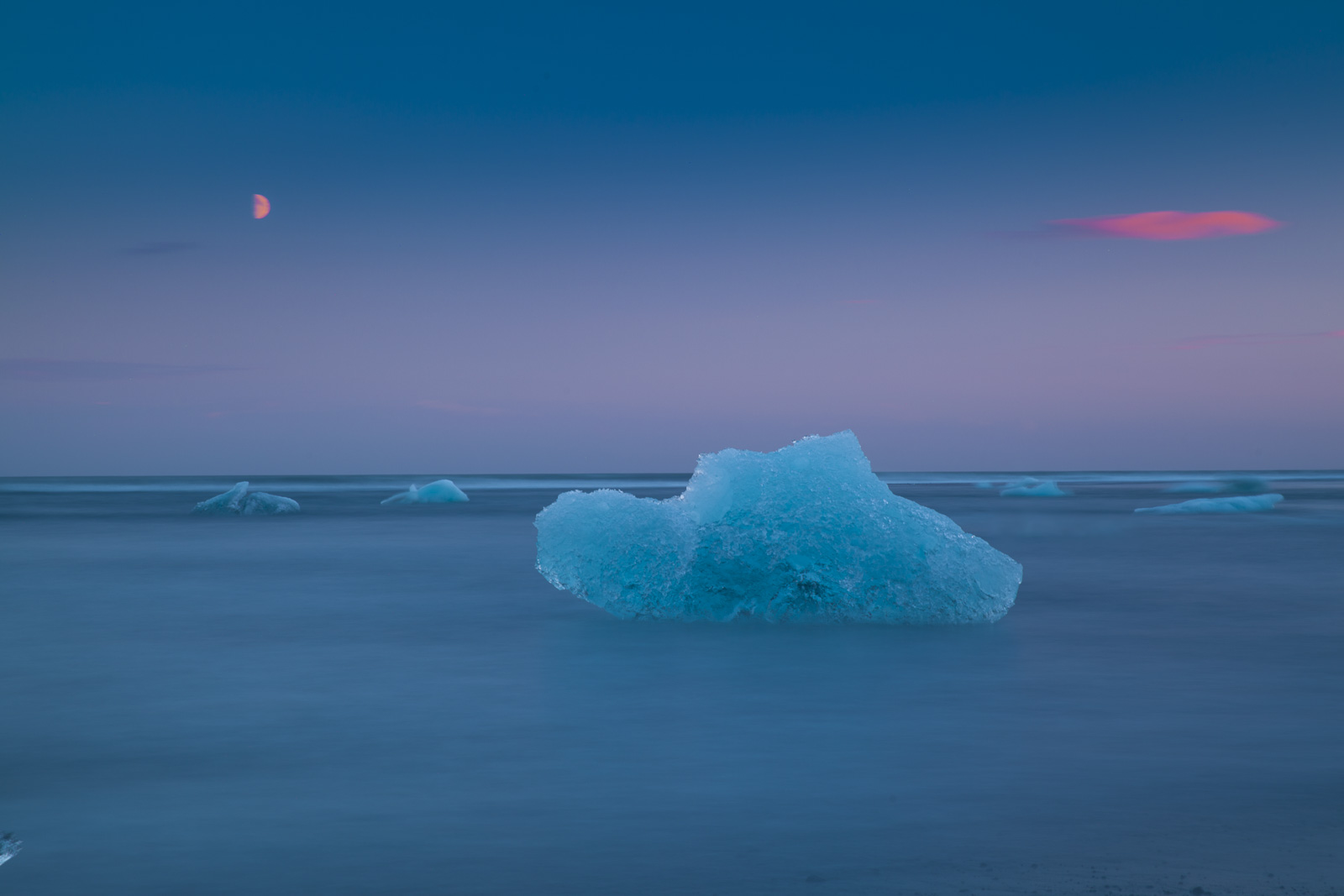
Unlike Asbyrgi Canyon, Diamond Beach is established as a tourist attraction. The black sand beach is famous for its chunks of washed-up glacial ice, which some have compared to diamonds due to their glistening appearance.
Outlet glaciers surround Diamond Beach, so new chunks of glacial ice are constantly washing up along its shores. Even in summer, the temperatures stay mild enough to allow a long enough melting cycle that fresh ice chunks are washed up as others disappear.
Diamond Beach is easy to find on Google Maps, located near Reynivellir, just under Vatnajokull Glacier. We recommend combining it with an ice cave or glacier hiking experience.
11. See Dettifoss Waterfall
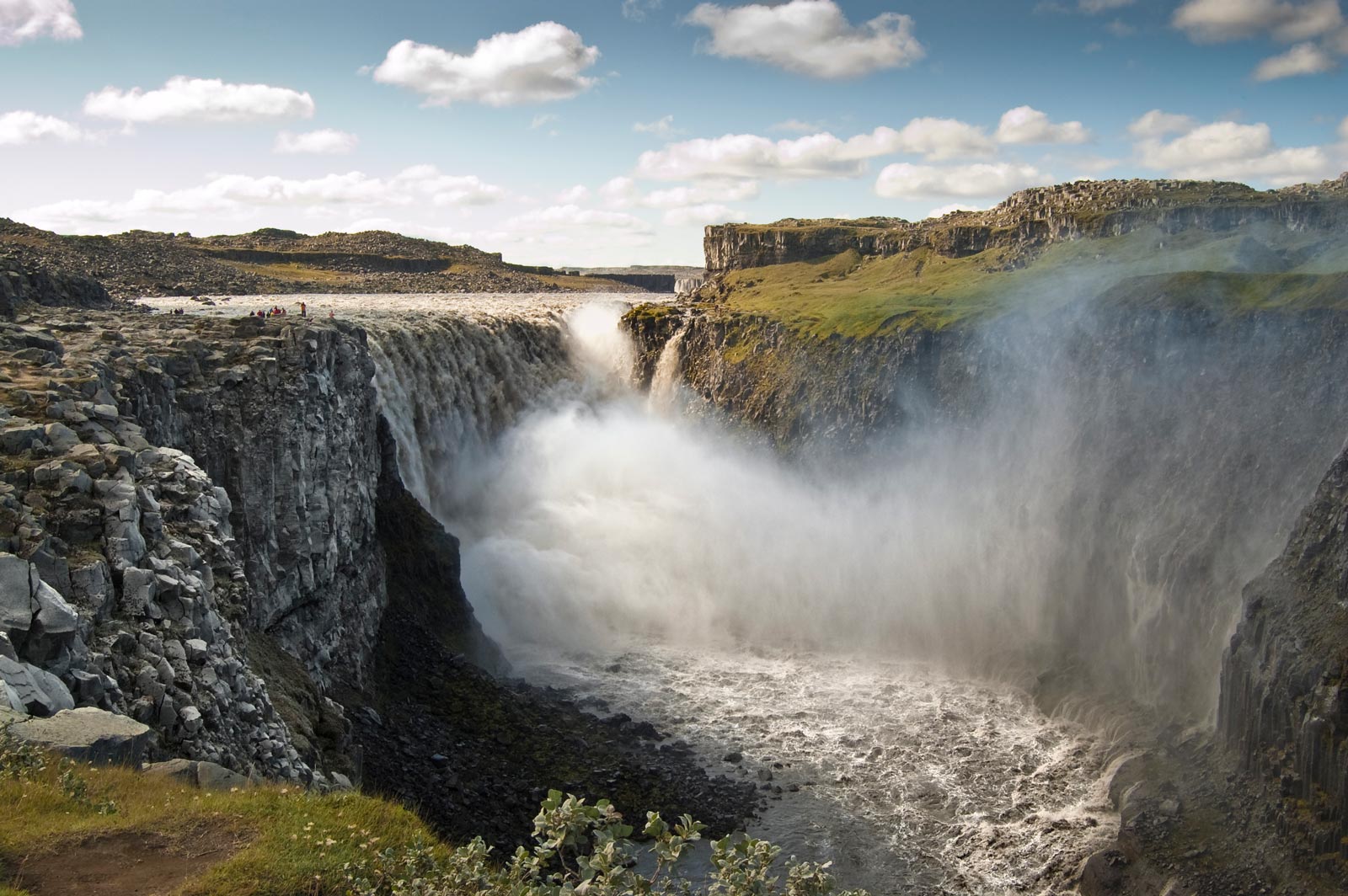
It is safe to say that Iceland has a beautiful waterfall or two, but if you want to be blown away, visiting Dettifoss is one of the most amazing things to do in Iceland.
Dettifoss is (controversially) the most powerful waterfall in Europe – a title that we think warrants a visit. The falls are forty-five meters tall and create a mist surrounding the waterfall for a several-mile radius. Dettifoss is fed by a lot of water, and the Jokulsa a Fjollum River is the largest in Iceland. Visitors can get up close by standing on the observation deck, just a short walk from the car park.
If you’ve watched the film ‘Prometheus’, prepare for deja vu as Dettifoss is featured as a film set.
12. Go for a glacier hike on Vatnajokull glacier
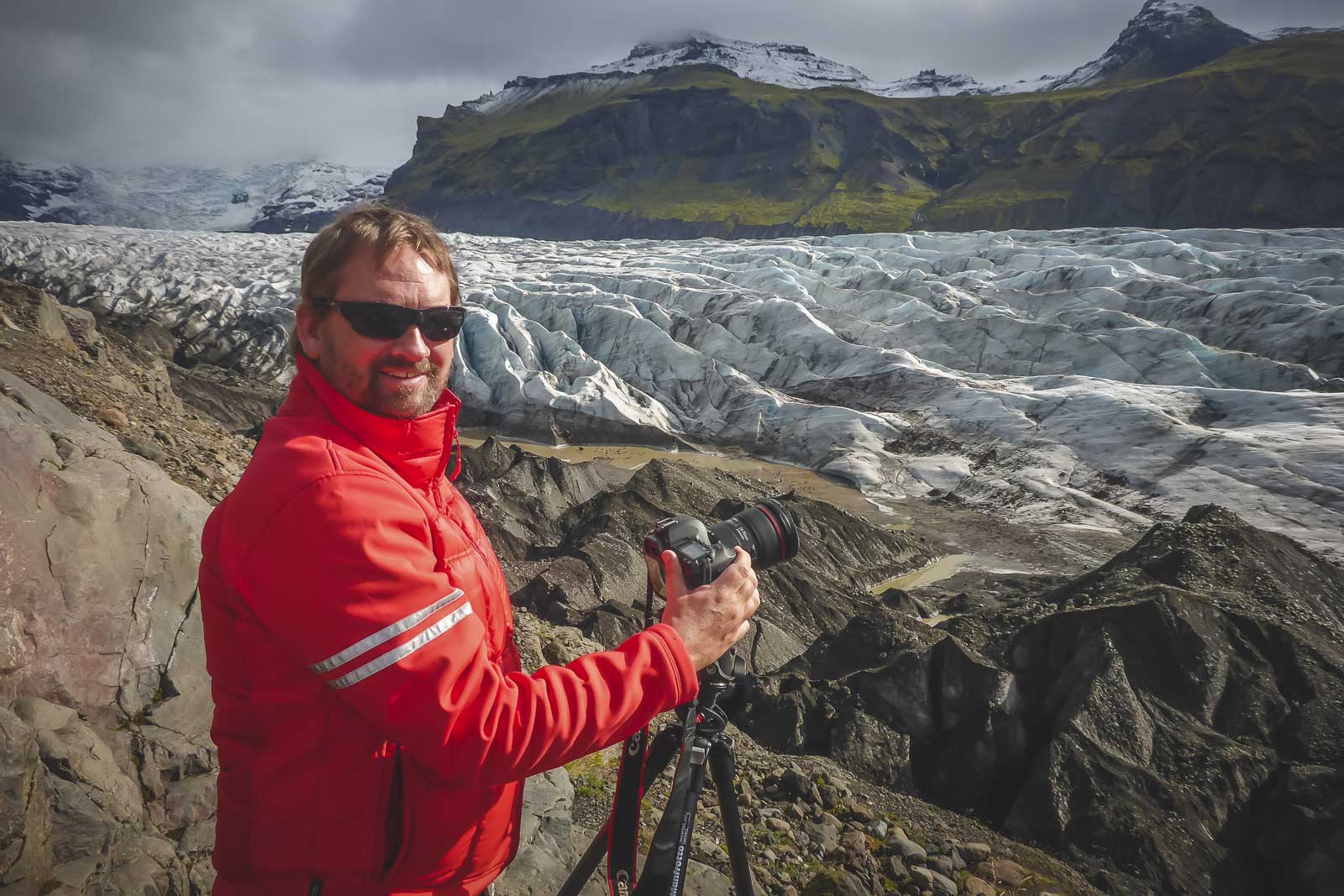
Even if you don’t visit an ice cave in Iceland, you should go glacier hiking on the Vatnajokull glacier. The glacier is the largest in Iceland and is situated in Vatnajokull National Park. The size of the Vatnajokull glacier is hard to comprehend, and it covers an astounding 8% of Iceland’s land mass.
To go glacier hiking, you need a guide. Vatnajokull glacier is not an easy environment to navigate, and you’ll need a guide with the best local knowledge, equipment, and glacier hiking experience. The company will provide you with crampons, an ice axe, and a helmet. Warm, waterproof layers are a must, so pack and dress wisely.
The glacial terrain is genuinely stunning. And, if you’ve not experienced it before, being able to walk on ice is an incredible experience. Adventure lovers should add glacier hiking to their list of things to do in Iceland.
13. Snorkel Silfra
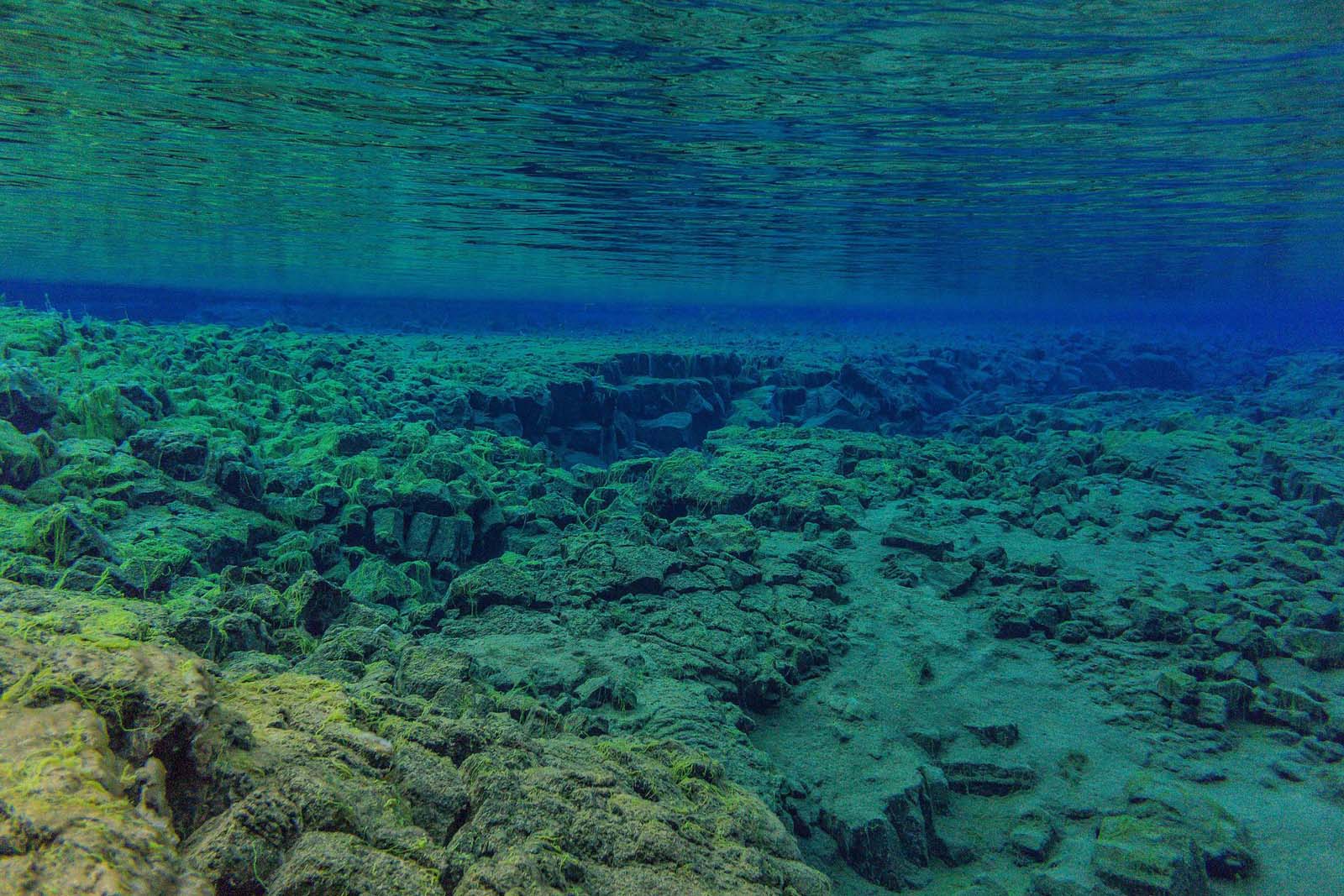
Everyone learned about the tectonic plates at school. But what if we told you that you could snorkel between them? You can book this tour where you’ll have the chance to explore this UNESCO World Heritage Site where the tectonic plates of North America and Europe. You’ll keep dry and warm with the high quality dry suits that are included in the tour.
The Silfra fissure is a rift in the mid-Atlantic ridge, a boundary between the Eurasian and North American tectonic plates. The fissure is located underwater in a narrow passage leading to Thingvellir Lake and is up to sixty meters deep in sections. The water is crystal clear, and adventurous visitors flock to dive or snorkel the channel.
Silfra is located in Hornstrandir Nature Reserve, an area of Thingvellir National Park. It is on the Golden Circle route and less than an hour’s drive from Reykjavik, so it is very easily accessible.
It may be one of the most fun and bizarre things to do in Iceland. After all, how many people do you know who have snorkeled between tectonic plates? Read more: Diving in Silfra – Iceland Underwater
14. Akureyri Botanic Gardens
Botanical gardens may not be the first thing that pops into your head when looking at things to do in Iceland. However, Akureyri Botanic Gardens are undoubtedly worth a visit.
The garden is one of the northernmost botanic gardens in the world. In spring and summer, it is a stunning spot to wander and admire over 7,000 different plant species. There are also stone busts of important Icelandic figures and benefactors of the gardens scattered throughout.
If you are in Akureyri, the botanic garden is a brilliant place for just a short walk. Nature lovers and botany enthusiasts will especially appreciate the variety of plant life on display. Read more: 30 of the Best Places To Visit In Iceland
15. Go whale watching on a zodiac tour
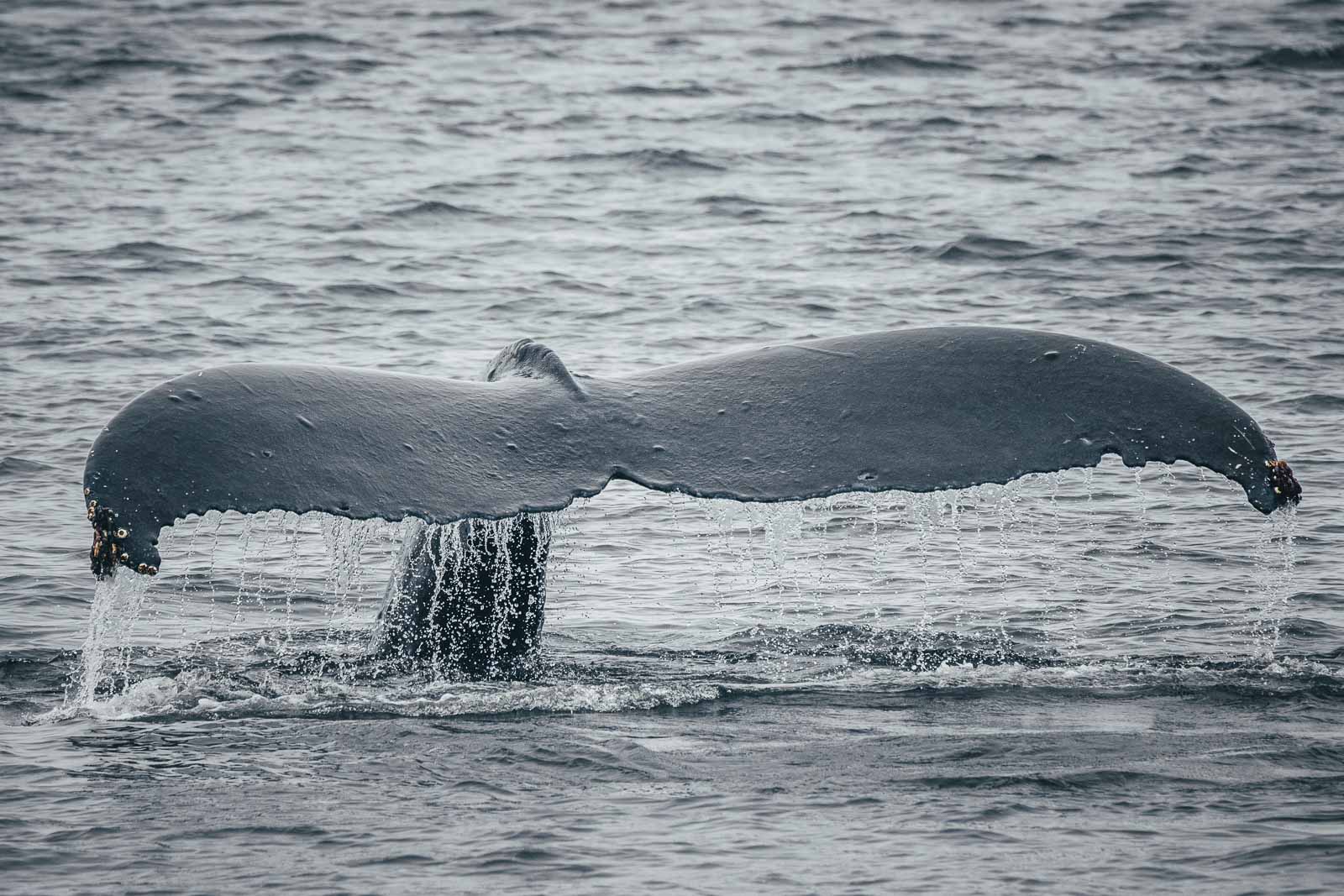
For many people, whale watching is one of the best things to do in Iceland. In fact, many people plan their Iceland trip dates to match the whale season just so they can go whale watching. Book this whale watching tour from Husavik as you go through Skjálfandi Bay. Besides whales, you’ll also see dolphins, and sea birds as you cruise in a traditional oak boat.
Iceland has a lot of whales. The most common to spot are blue whales, humpback whales, minke whales, and fin whales. If you are lucky, you may also spot orcas – the largest dolphin species in the world.
May to September is the best time to see whales in Iceland. While you can take whale-watching tours along the south coast and Reykjavik, north Iceland attracts more whales with its quieter waters. Husavik is in northeast Iceland and is considered the whale watching capital – so if you are serious about whale watching, head there.
16. Kerid Crater
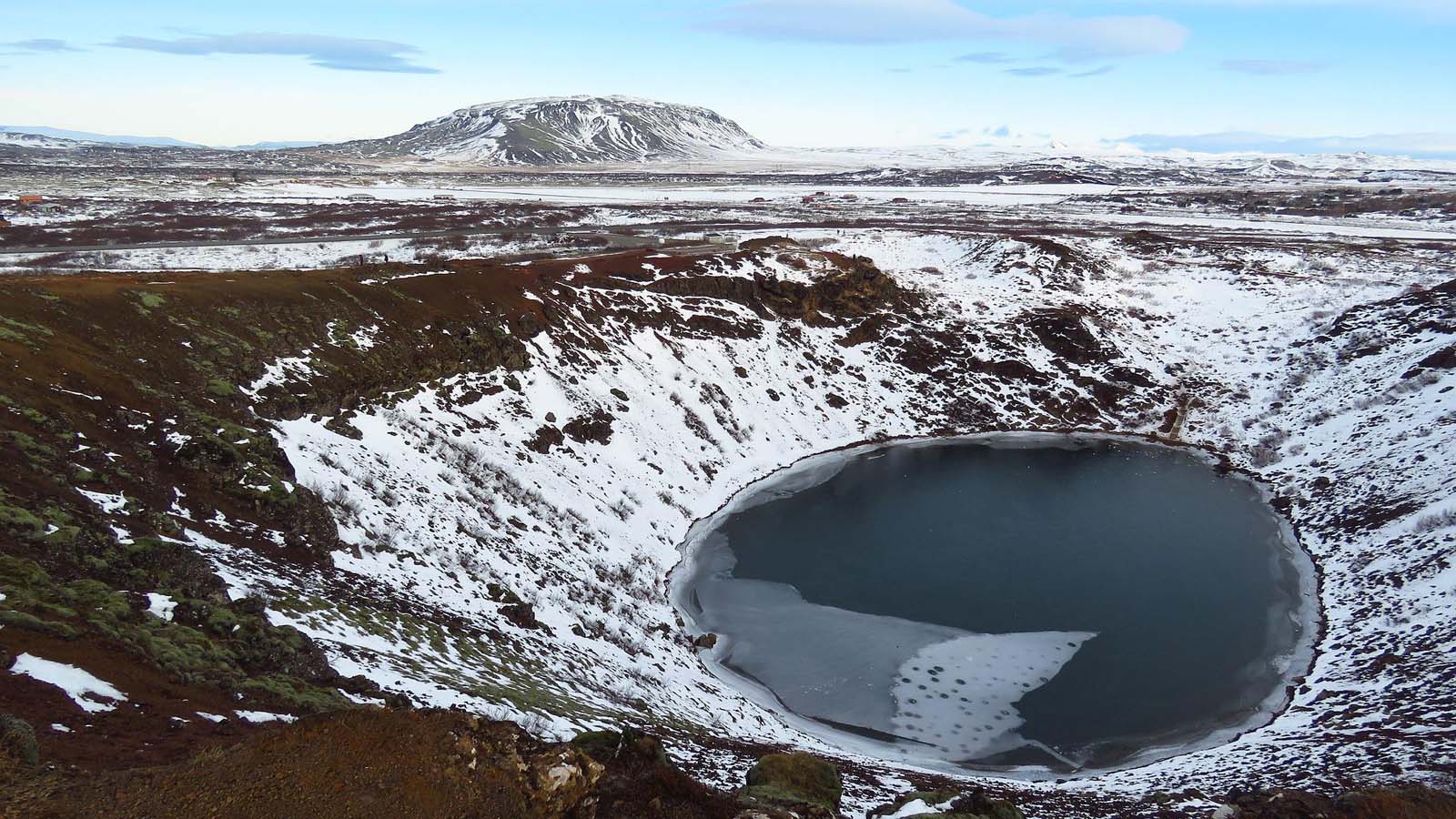
Looking for natural things to do in Iceland? Kerid Crater is a fantastic place to visit. The crater is over three thousand years old and has a milky blue lake in its center. Kerid Crater was formed by a collapsed magma chamber rather than a standard explosion like most of Iceland’s crater lakes. While the average visitor won’t notice the difference, this does make Kerid a special scientific location in Iceland.
The crater is cut from striking deep red rock, which creates a stunning contrast to the typically grey skies and dull green of the Icelandic highlands. Visitors can walk the crater rim and down to the crater lake at its base. We recommend allowing an hour to visit Kerid Crater and complete both walks.
17. Get up close to Gullfoss Waterfall
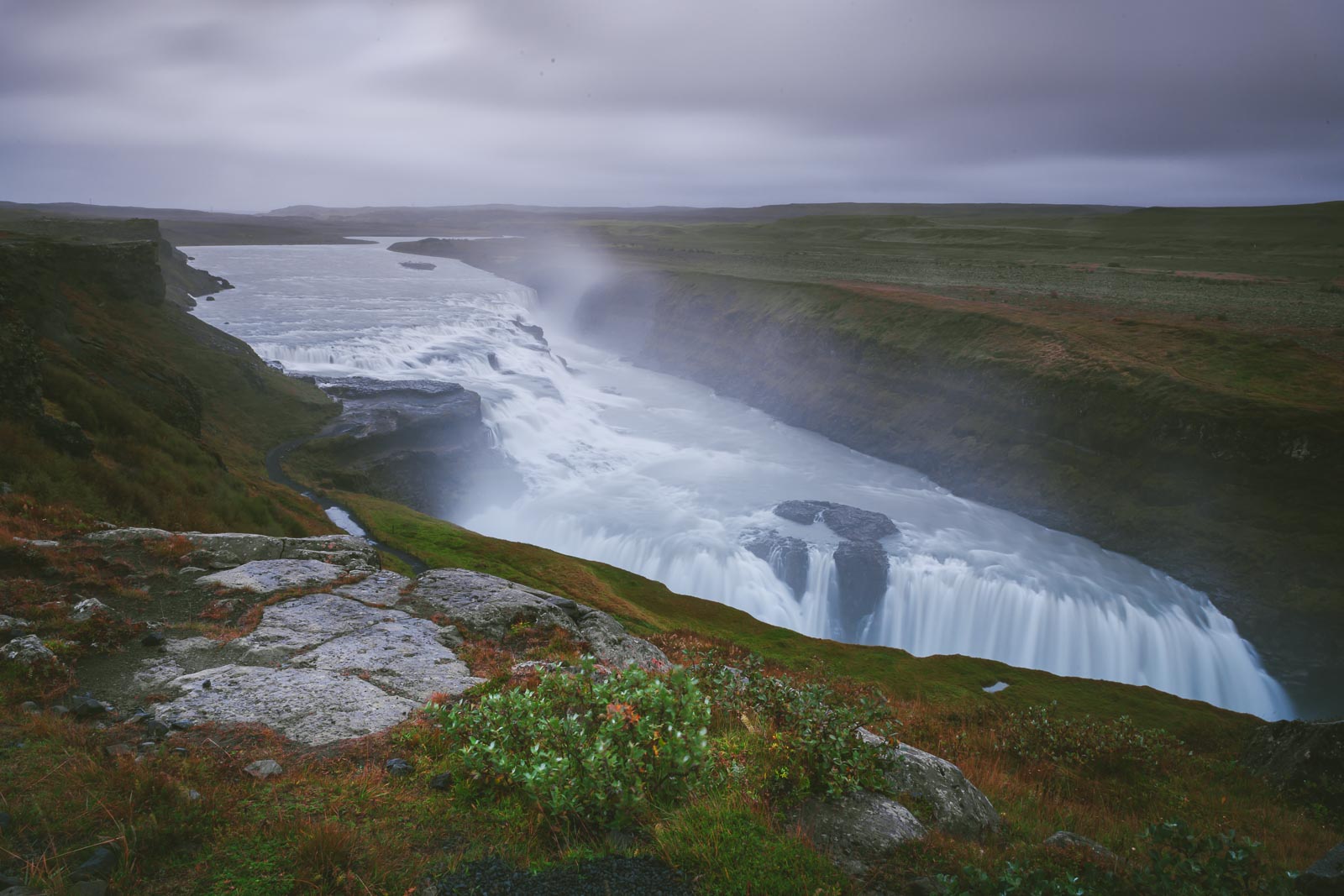
So, as we mentioned, Gullfoss Waterfall is a famous natural tourist attraction and is part of the golden circle route. But, if you don’t drive the golden circle, should you still visit Gullfoss as a stand-alone attraction? Yes, of course.
Gullfoss Falls isn’t just a standard single-drop waterfall. The waterfall cascades down multiple drops as the Hvita River turns a 90-degree bend. It is considered to be the most iconic waterfall in Iceland – which is impressive when you think about the number of beautiful waterfalls in Iceland.
Visiting the waterfall is one of the most impressionable things to do in Iceland. It is only an hour and forty-minute drive from Reykjavik, Iceland’s capital city, so it is a feasible day trip. You may wish to stop in Thingvellir National Park on the way, as the route cuts straight through it.
18. Visit one of Iceland’s active volcanoes
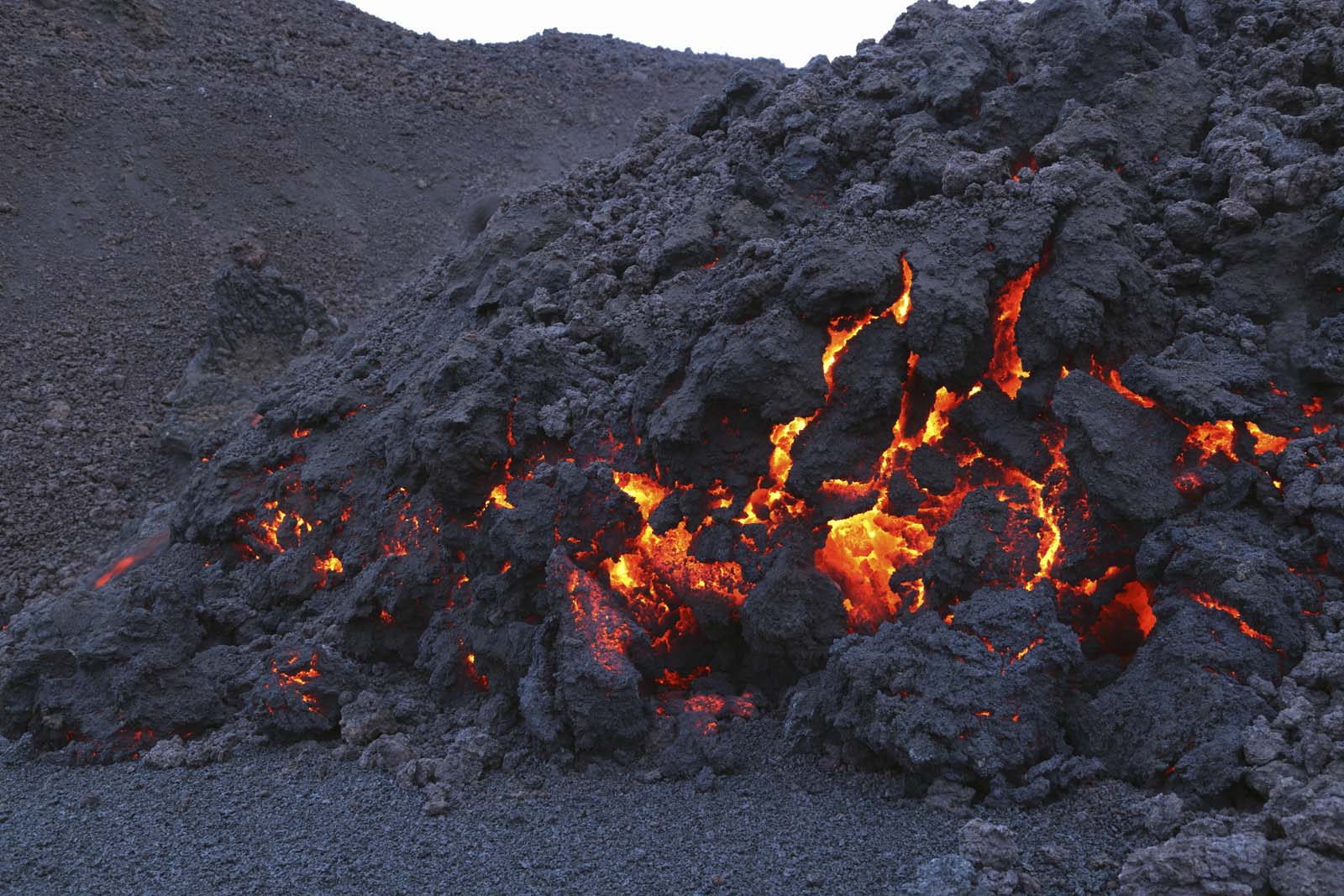
With all that geothermal activity, it is no wonder that Iceland usually has an exploding volcano or two. The country is full of active volcanoes, so it is always a matter of waiting for the next explosion. Since Iceland is the ‘land of fire and ice’, you’ll want to experience some fire, right? Just from a safe distance.
Of course, volcanoes are life-threatening and extremely dangerous. It is essential to monitor updates and subscribe to alerts from the Icelandic government while you travel Iceland. Similarly, you should always visit an active volcano with an experienced guide. Dangers aren’t always visible; gases can be a silent, invisible risk to volcano visitors.
Fagradalsfjall, Eyjafjallajokull, Katla, and Hekla are some of the best volcanoes to visit. Fagradalsfjall famously exploded in 2021, Eyjafjallajokull grounded flights with its explosion in 2010, Hekla last erupted in 2000, and Katla caused chaotic flooding when it erupted in 1918. All powerful and active, it is important to visit these volcanoes on an organized tour.
19. Spend a day in Thingvellir National Park

Of course, if you are short on time, prioritize visiting Silfra in Thingvellir National Park. But if you have a little longer and have a car hired, consider spending a whole day in the national park.
Thingvellir National Park is full of cultural history, geography, and geology, and the area is a protected UNESCO World Heritage Site. The North American and Eurasian tectonic plates split the national park in half, and you walk between them at Almannagja Gorge or snorkel between them at Silfra. However, the park is also home to the world’s oldest surviving parliament, established in 930. Norse culture and traces of paganism can still be found in Thingvellir, making it an interesting place to spend a day.
Game of Thrones fans should note that the park was also used as a filming location – so keep your eyes peeled for familiar places. Read more: Game of Thrones Filming Locations You Can Visit in Real Life
20. Ride an Icelandic horse
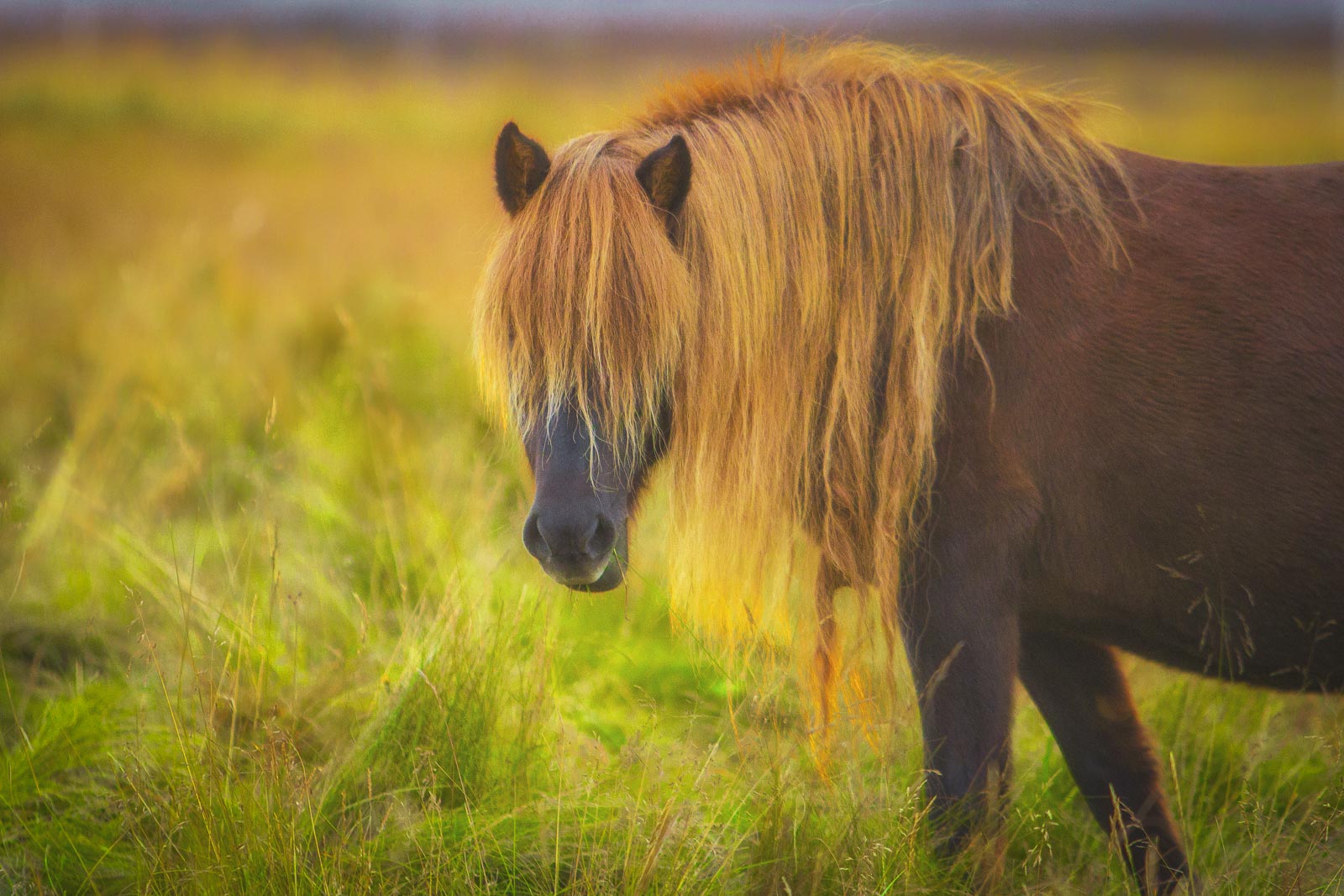
Riding an Icelandic horse is one of the most fun things to do in Iceland. You may not know, but Icelandic horses are very special. The breed has a particular, unique gait called a tolt, which to non-equestrians looks hilariously like a speed walk.
Icelandic horses are also very rare, and once they have been exported from Iceland, they are no longer allowed to be imported back into the country. Because of this, you very rarely find an Icelandic horse outside of Iceland.
There are trekking centers all over Iceland, so you can take your pick of which area you want to explore on horseback. If you want, you can choose a black sand beach ride. If you are experienced, try a herd ride, where you run along beautiful Icelandic terrain with a herd of loose horses. Read more: The Icelandic Horse – All you Need to Know About this Beautiful Breed
21. Eldhraun Lava Fields
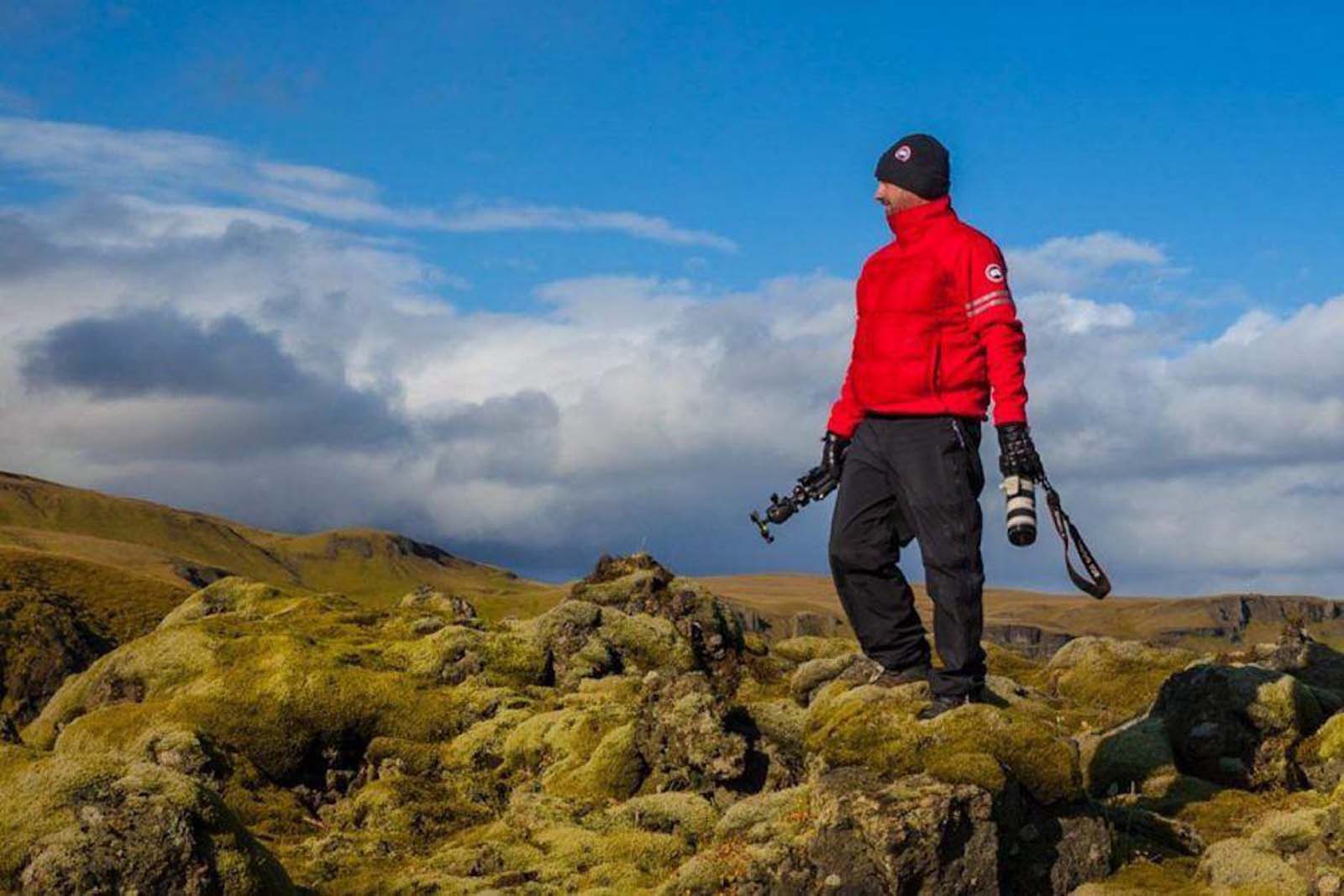
A lava field might be the most Icelandic thing you’ve ever heard. Yes, entire sections of land are now lava fields following volcanic explosions from centuries ago.
Eldhraun Lava Fields were formed by an explosion in the late 18th century. Over two years, the lava eventually cooled to form a lava rock area of 218 square miles. Over the centuries, a delicate green moss has grown over the rock – creating the lava field phenomenon.
Moss is incredibly protected in Iceland, so you mustn’t walk on the lava field. However, you can park alongside the fields and take photos from the roadside. Think of it as a massive, completely protected nature reserve.
22. Take a day trip around the Snaefellsnes Peninsula
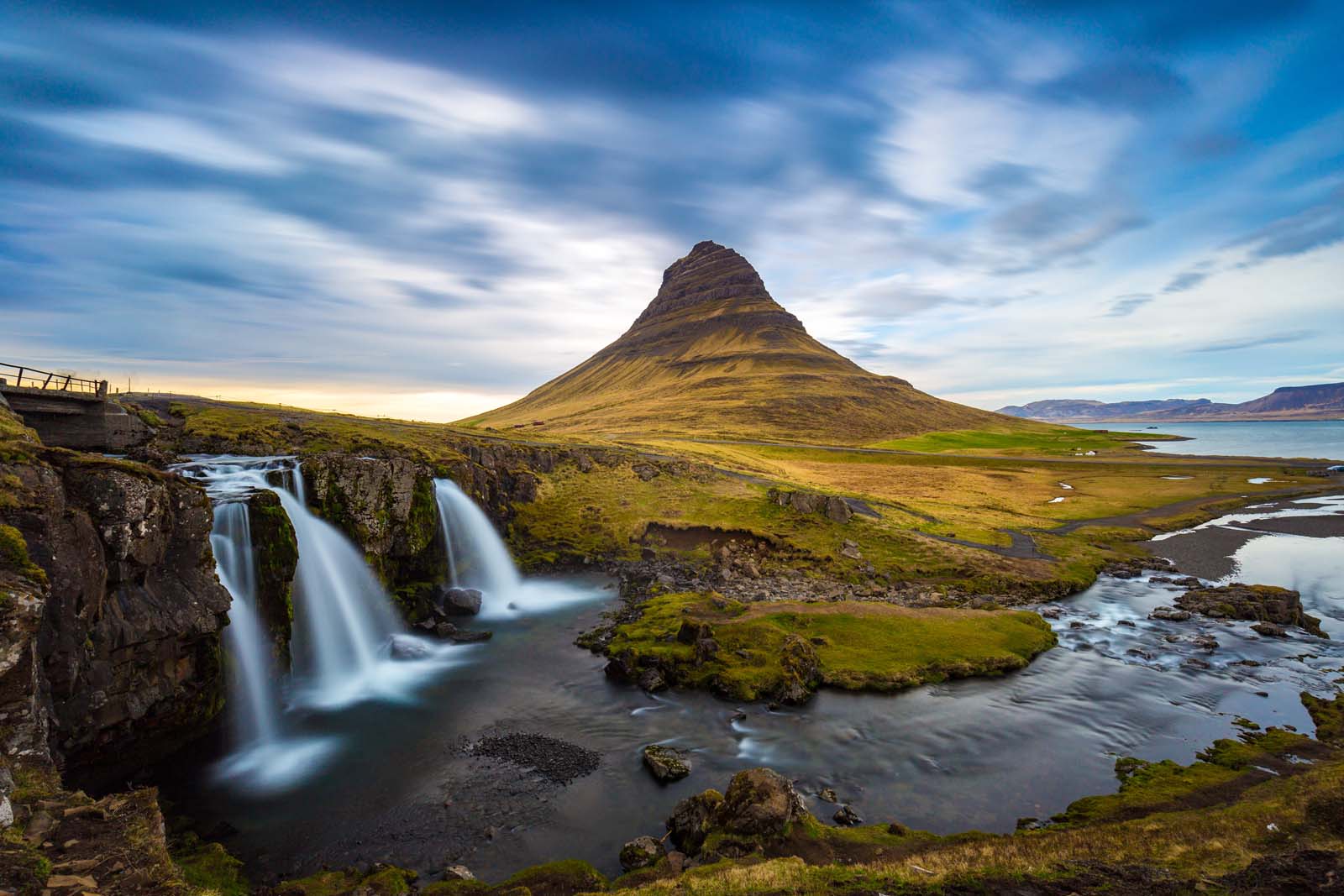
A day trip around the Snaefellsnes Peninsula is our final recommendation of things to do in Iceland. Short on time? Fancy a road trip? Snaefellsnes Peninsula is a great option. You’ll need a car, but you are richly rewarded for the drive. A day trip around the peninsula is a great way to cram a lot in a short time as there is so much to see in such a small area.
We recommend including Budir Black Church, Kikjufellsfoss Waterfall, Landbrotalaug Hot Springs, Vatnshellir lava tube, and seal spotting at Ytri-Tunga Beach. Pick a few attractions before you set off and plot a rough route. Then you can always detour as you go. The Snaefellsnes Peninsula is a perfect place to unleash your inner adventurer.
Iceland Quickfire FAQs
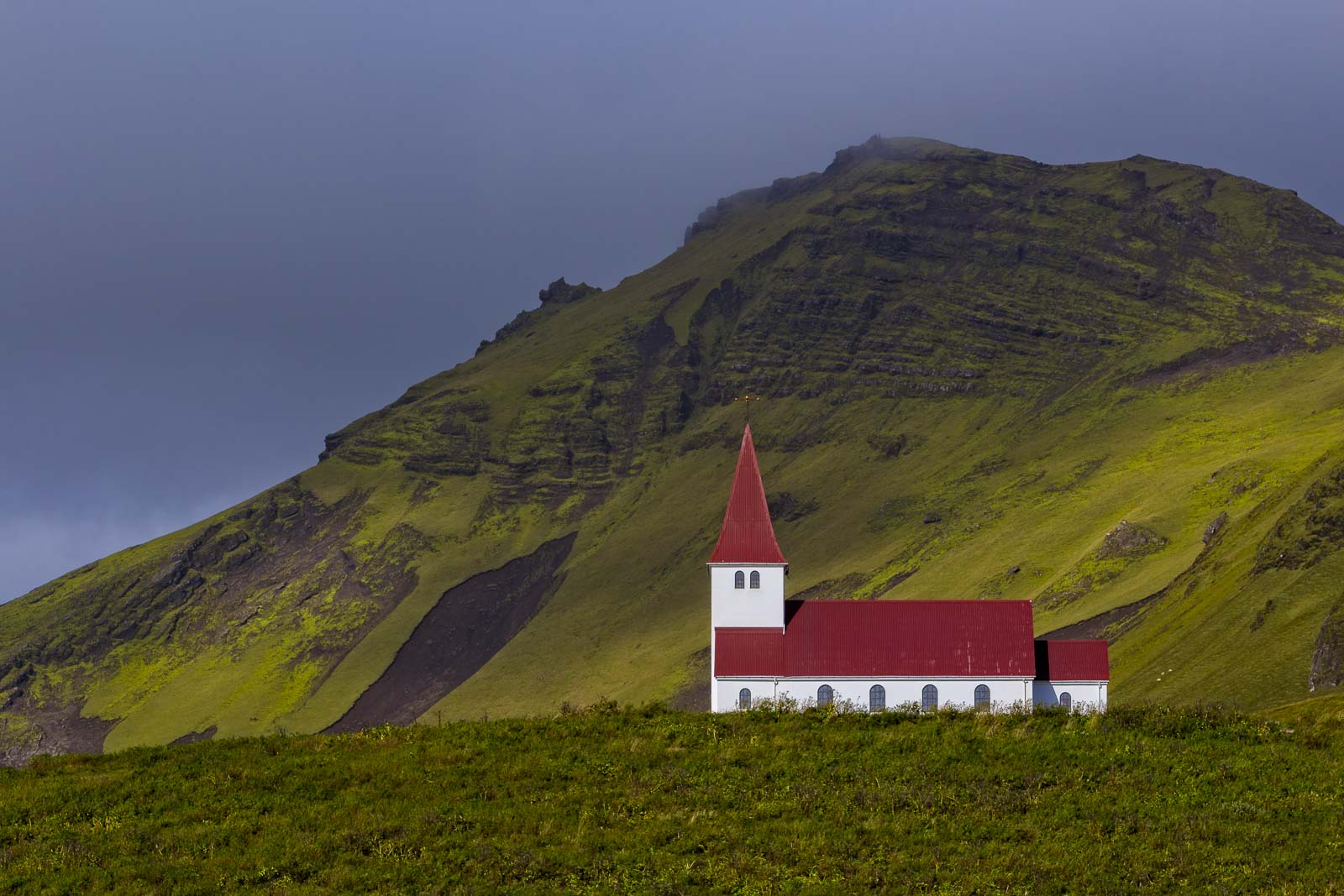
Now we’ve covered the best things to do in Iceland, let’s look at some commonly asked questions.
How to get to Iceland
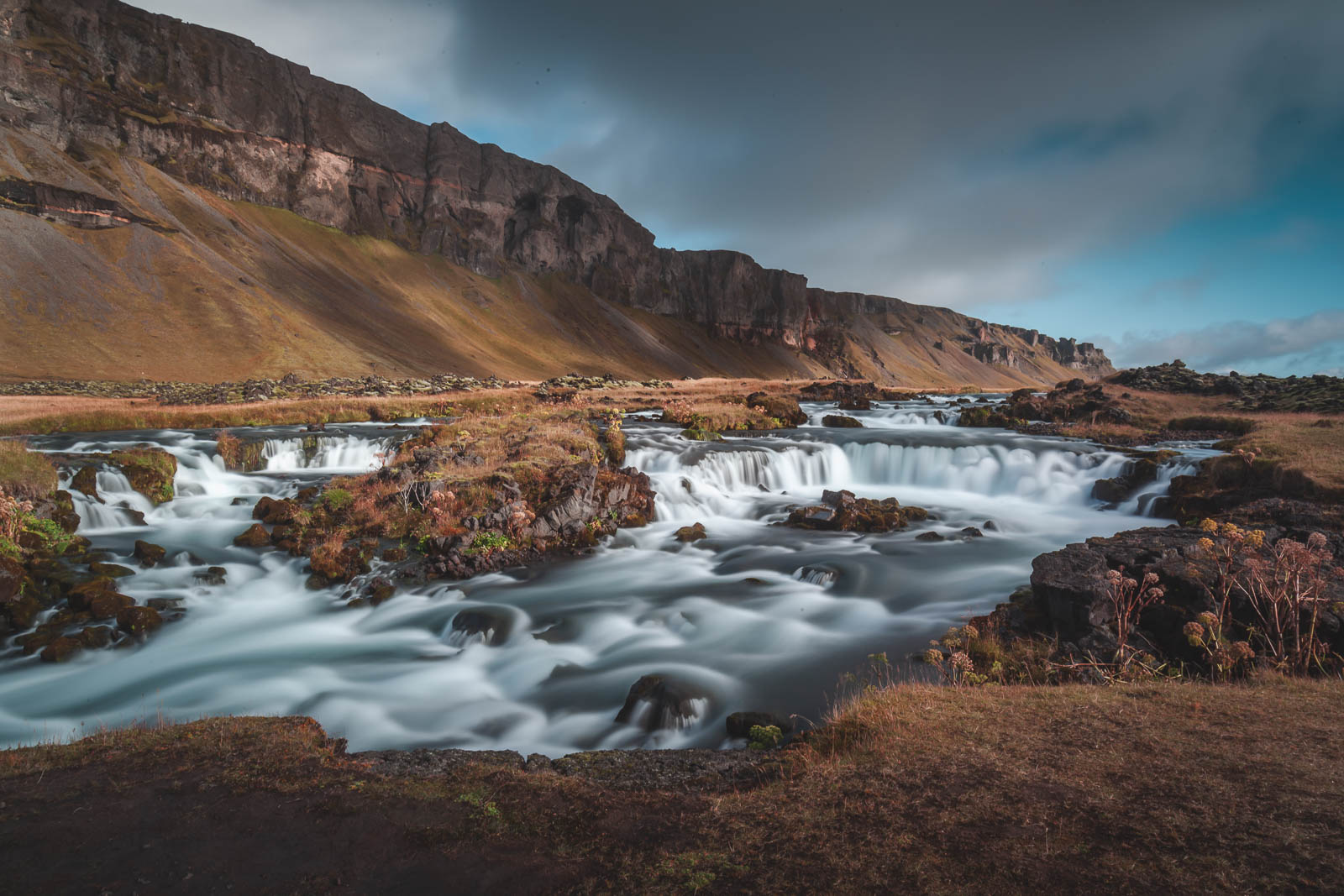
Flying is the most popular way to visit Iceland. As an island, Iceland is impossible to reach by any transport other than ferry or airplane. And while ferries sail from Denmark and you can purchase cruises to Iceland, flying is much more practical.
Keflavik International Airport is the only place you can fly to from overseas, and it is just a short drive from the capital city, Reykjavik. Reykjavik is in northeast Iceland and is the perfect base to explore northern Iceland, the south coast, or the golden circle route.
If you want to visit western Iceland or are on a time limit, you can save an overland journey by catching a domestic flight from Reykjavik Airport.
Getting around Iceland
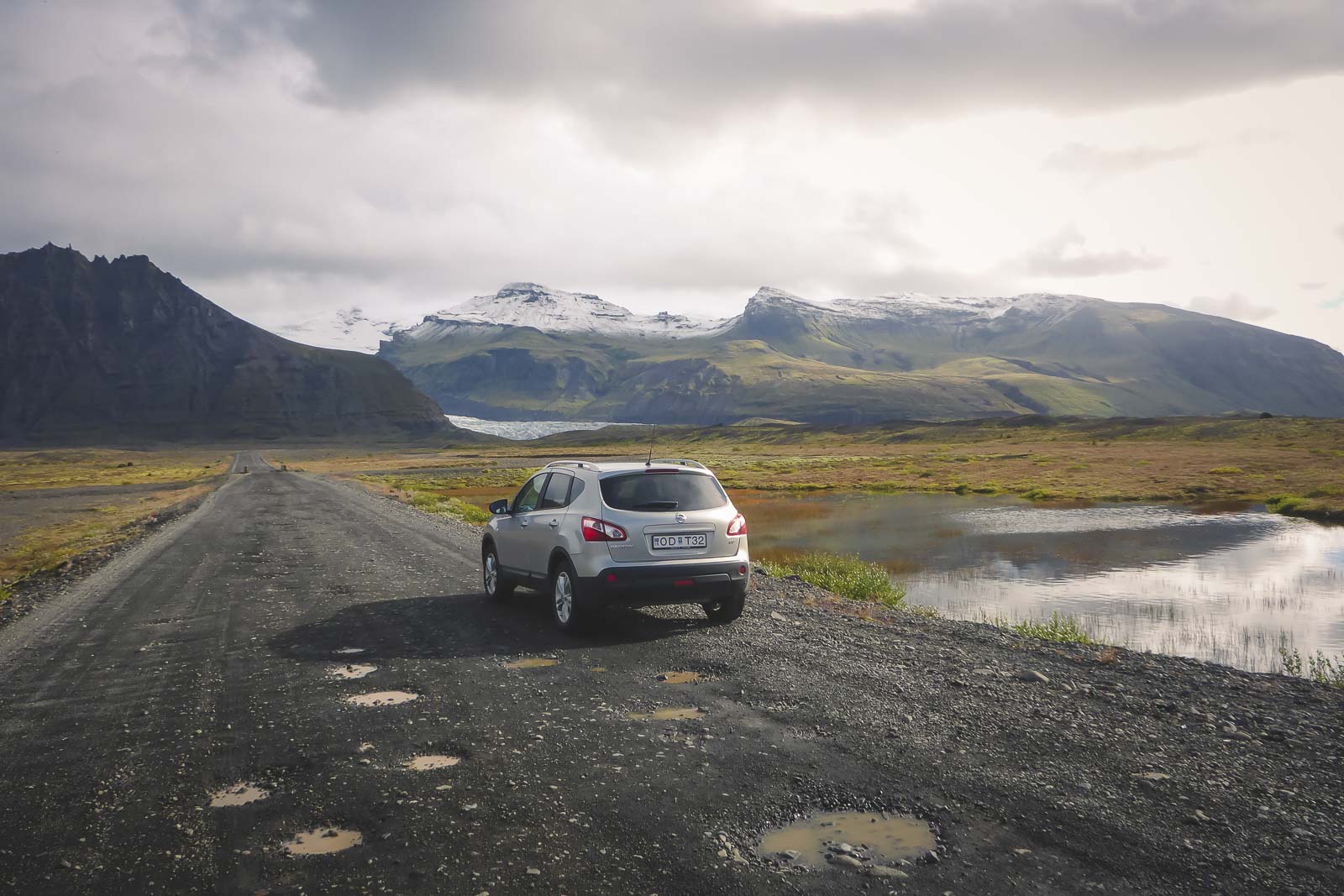
As we’ve touched on, domestic flights are a good option to skip overland travel when visiting Iceland. However, one thing to stress is that Iceland mainly consists of wilderness and the occasional sparsely populated, remote town or village. You can drive for hours just to reach a ‘nearby’ attraction or a café to eat. Read more: Icelandic Food: 15 Traditional Dishes to Try in Iceland
Therefore, even if you take a domestic flight to reach a specific area, be prepared to hire a car or purchase coach tours to see things you want. Buses aren’t always reliable, and the routes are usually very limited.
Of course, you can always just embrace the distance and embark on a road trip. Car hires and fuel can be expensive in Iceland, but the freedom may be worth it. Reykjavik is a good starting point for road trips and has the most car hire options. Save time to weigh up and research your transport options. Compare rental car prices here.
Best time to visit Iceland
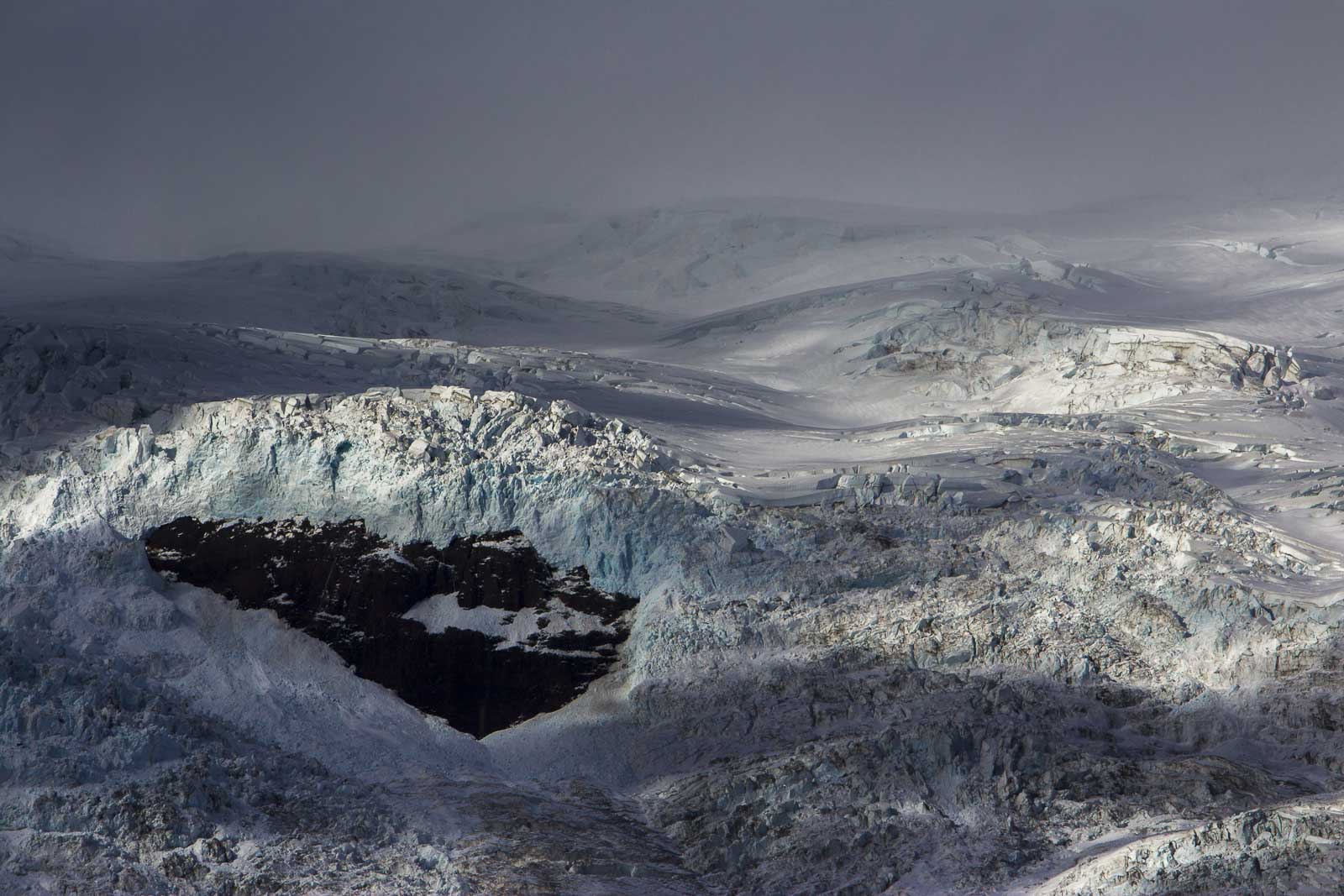
The best time to visit Iceland is massively dependent on what things you want to do.
If you want to go whale watching, you’ll have to visit between late spring and fall. If you’re going to see the midnight sun, you’ll have to visit in the summer months. And, if you want to see the northern lights, avoid summer and visit in the winter months – when nights are dark and long.
Planning a trip to Iceland is unique compared to other destinations. You really have to know all the best things to do in Iceland before choosing when to visit. In short, weigh up what you want to get out of your trip to Iceland, and then let the seasons select your dates for you. Check out What to Pack for a Winter Trip to Iceland
To conclude
Visiting Iceland is incredible. Whether you visit the top Iceland attractions, see the northern lights, or just admire volcanic landscapes, Iceland will be memorable. There are so many places to visit in Iceland that traveling around the country feels effortless at times.
Iceland is all about adventure, so tick off the bucket list things to do, discover the hidden gems, and you’ll soon learn firsthand how amazing the country is.
Read Next

